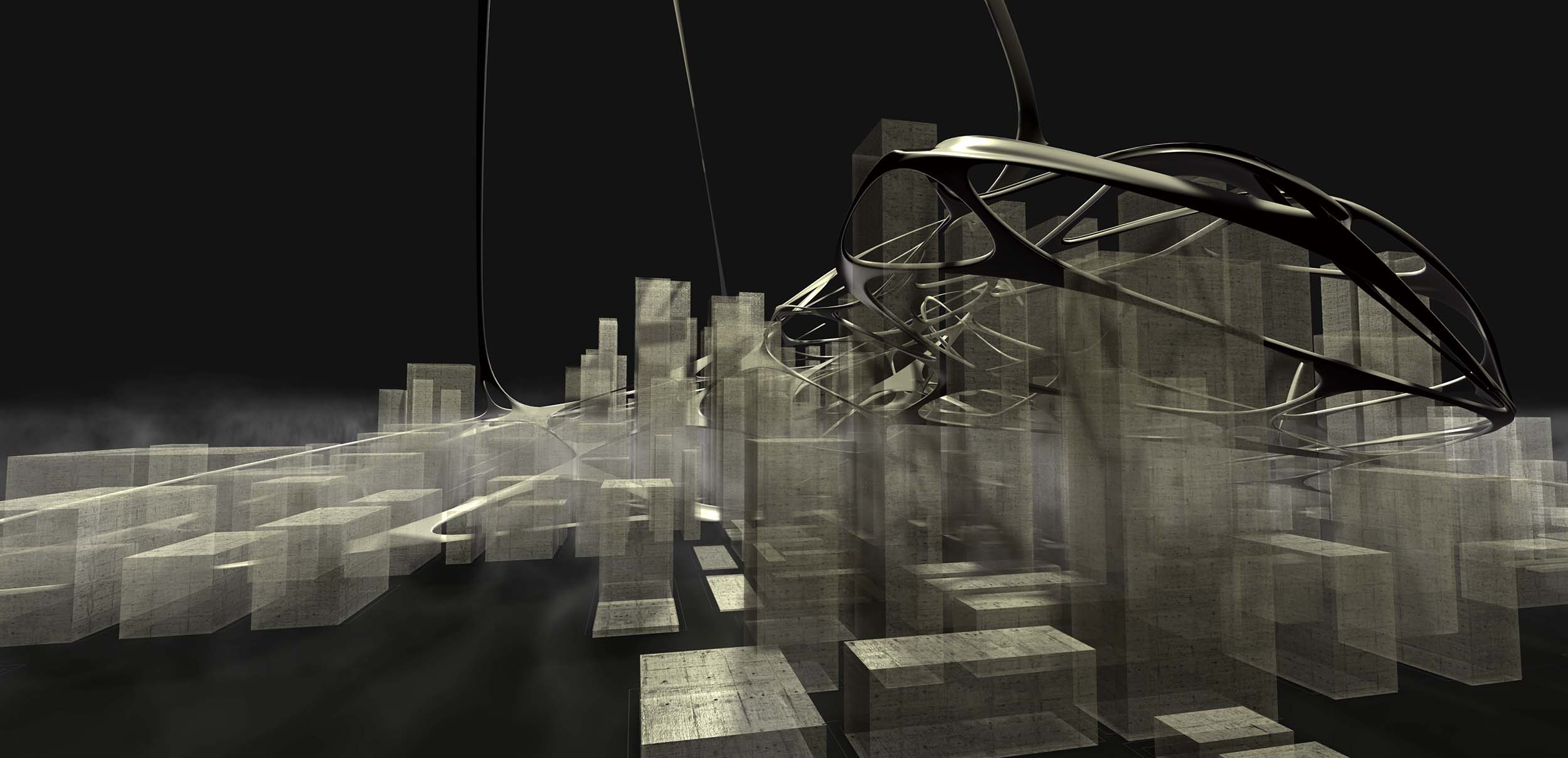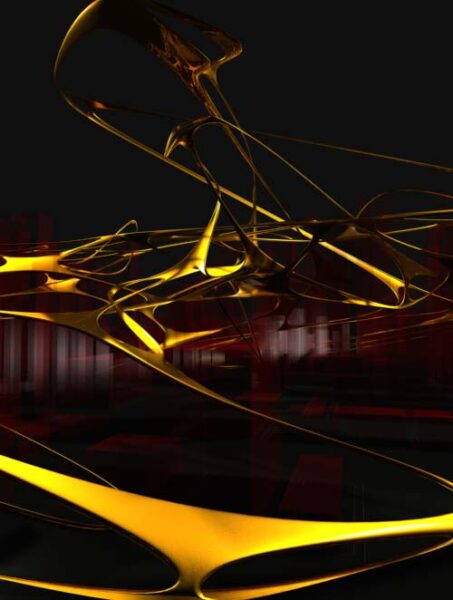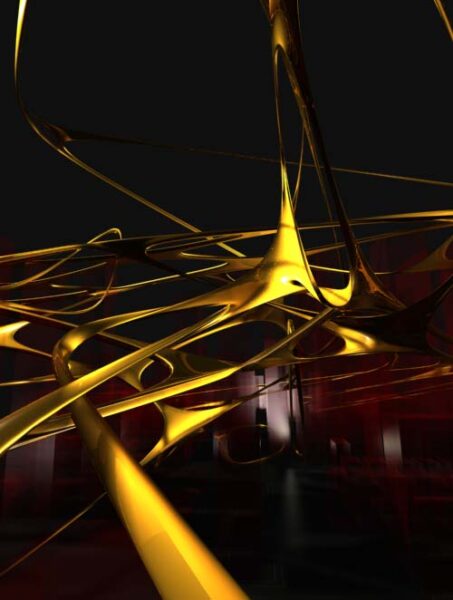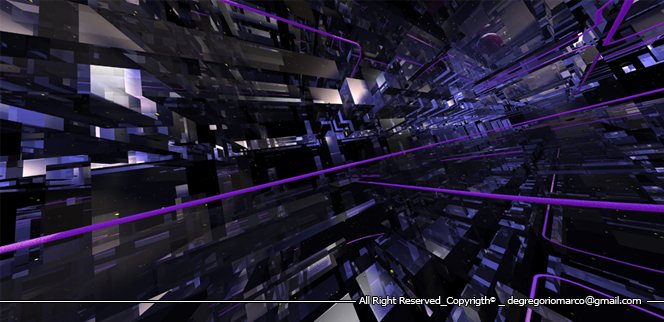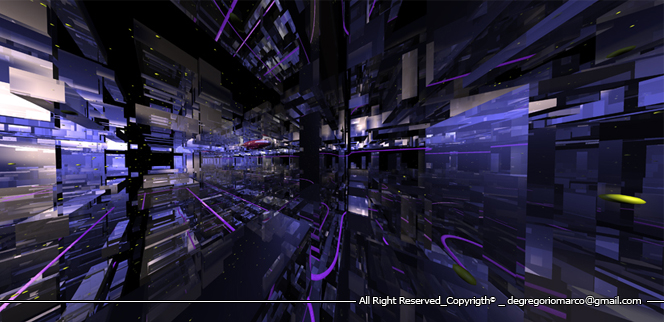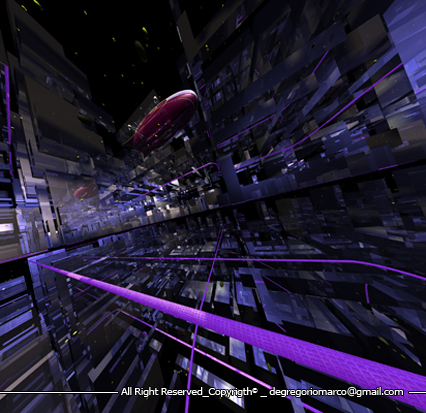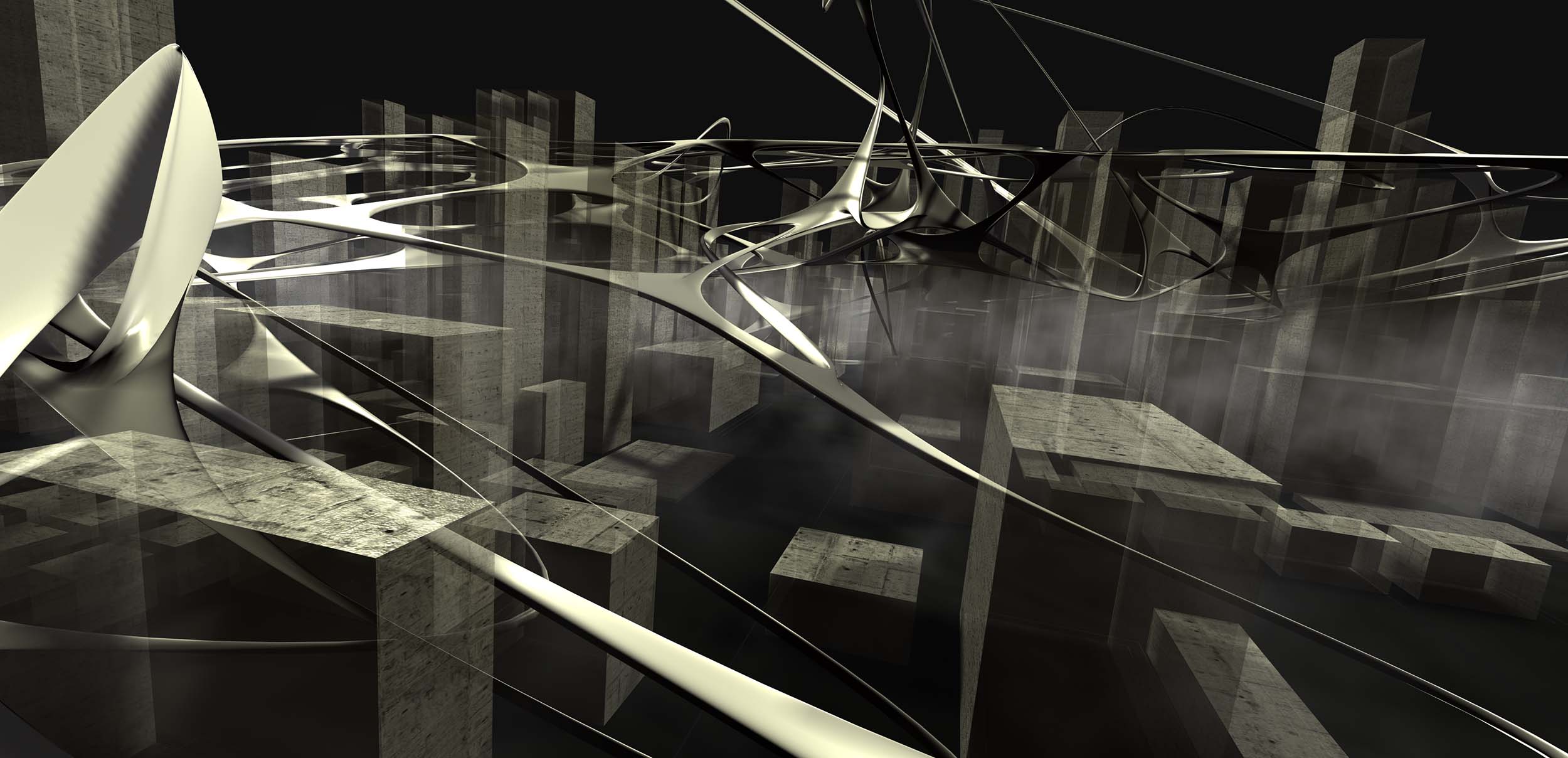
Aesthetic of Dystopia
Brave new world. That’s how Aldous Huxley named his dystopic novel in 1932, where it describes the individual’s fear of losing identity in a fast-paced world of the future and where the worst-case scenario is imagined.
Dystopia as a fictional society is often set in the post-industrial, post-war near future, telling story about nearing an apocalyptic state. Dystopia as a pervert utopia, where the reality is going in the opposite direction of an idealistic society.
Totalitarianism is based on authority over the society, which affects the organization of the city and its layout or as contrary the anarchism where human behaviour make abandoned cities; natural catastrophes can also be the cause of a sudden dramatic scenario.
In a Dystopian city the inhabitants lead a dehumanized and often fearful life, where everything is unpleasant or environmentally degraded.
